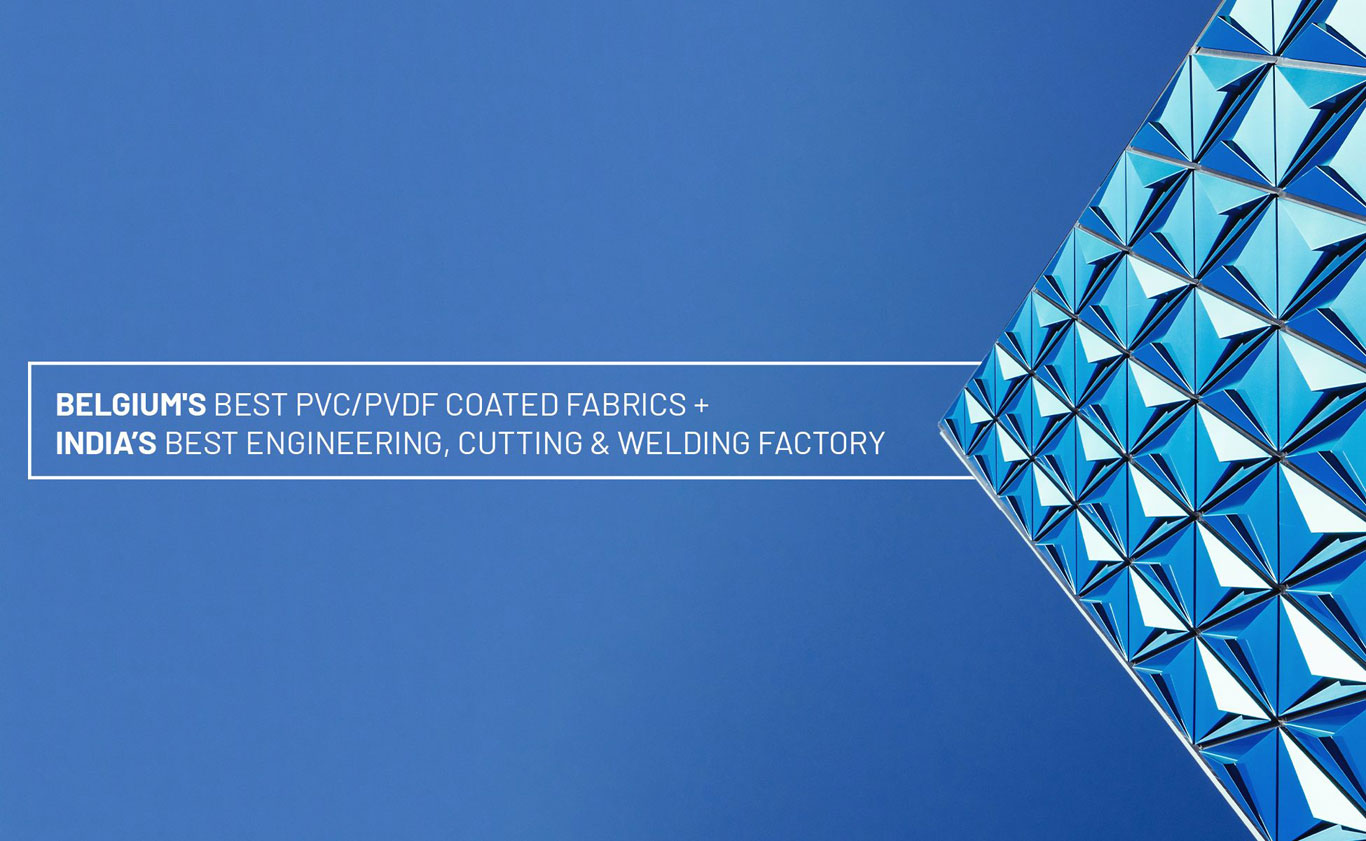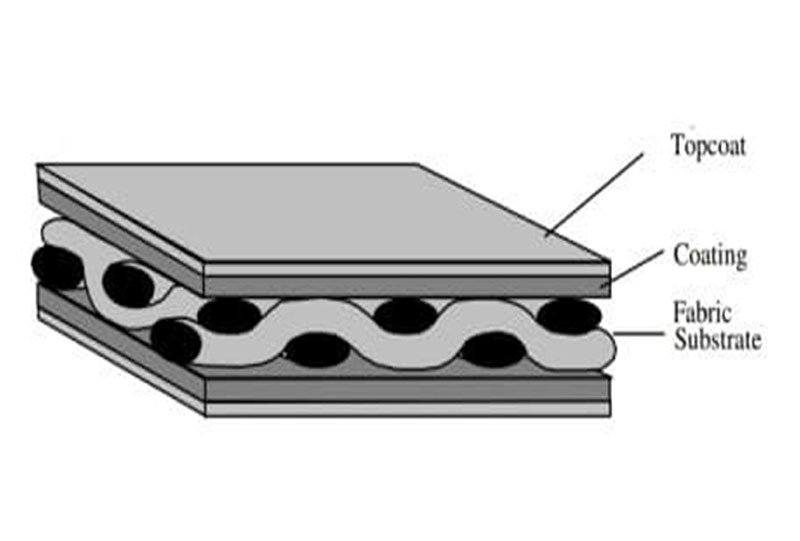
Tensile Membranes Properties
Tensile structures use a stretched fabric material in a three-dimensional surface, which can potentially create shading, roof, and decorative components by tensioning it to the cables.
They are also constructed using a specialized fabric that is put into tension such that the self-weight can be easily supported. Besides this, they can eventually take care of the load and provide very cost-effective solutions and indeed cover vast distances without any intermediate supports.
A fabric material in general consists of three essential components, i.e., coating, fabric substrate, and the top coating. Today in the following blog, we would be covering the properties, types, and advantages of Tensile Structures. So, let us have a look at it in the paragraphs to follow:-
History of Tensile Structures:
 The first development of practical calculations of stresses and deformations of tensile structures, shells and membranes by a Russian engineer Vladimir Shukhov. he designed eight tensile structures and thin-shell structures exhibition pavilions for the Nizhny Novgorod Fair of 1896, covering the area of 27,000 square meters.
The first development of practical calculations of stresses and deformations of tensile structures, shells and membranes by a Russian engineer Vladimir Shukhov. he designed eight tensile structures and thin-shell structures exhibition pavilions for the Nizhny Novgorod Fair of 1896, covering the area of 27,000 square meters.
In recent days, tensile structures have found great popularity and have been used in many places. Some of the notable building are Munich OlympiaPark, The Millennium Dome London and Ashford Designer Outlet United Kingdom.
A fabric material consists of three main components are fabric substrate, coating and top coating.
Properties of Fabrics for Tensile Structures:
The different properties of a fabric which are considered for design are
1. Tensile Strength
It is a basic indicator of relative strength. It is fundamental for architectural fabrics that function primarily in tension.
2. Tear Strength
Tear strength is important in that if a fabric ruptures in place, it generally will do so by tearing.
3. Adhesion Strength
It is a measure of the strength of the bond between the base material and coating or film laminate that protects it. It is useful for evaluating the strength of welded joints for connecting strips of fabric into fabricated assembly.
4. Flame Retardancy
Fabric that contains a flame-retardant coating can withstand even a very hot point source. However, it can still burn if a large ignition source is present.
5. Flexibility
Free Form Tensile fabric allows one to use free form in building construction as it is flexible material.
Know More About - Tensile Membrane
- Types of Tensile Fibre and Structure
- Feature of Tensile Membrane
- Properties of Tensile Membrane
- Application of Tensile Membrane
- Advantages of Tensile Membrane
- Benefits of Tensile Membrane
- Characteristics of Tensile Membrane Structure
- Types of Fabric Material for Tensile Structures
- Factors Affecting Performance of Membrane Structures
Get Your Free Quote Today!
